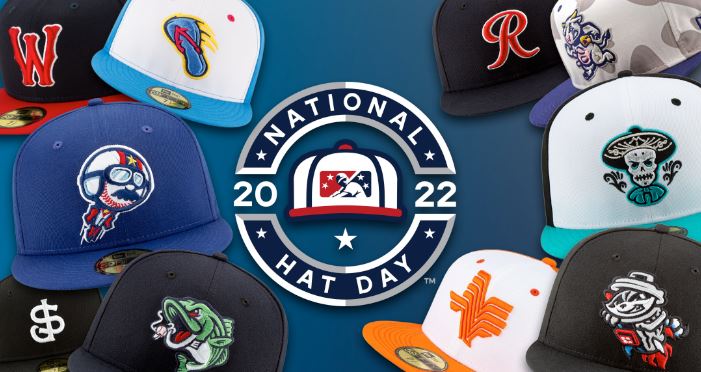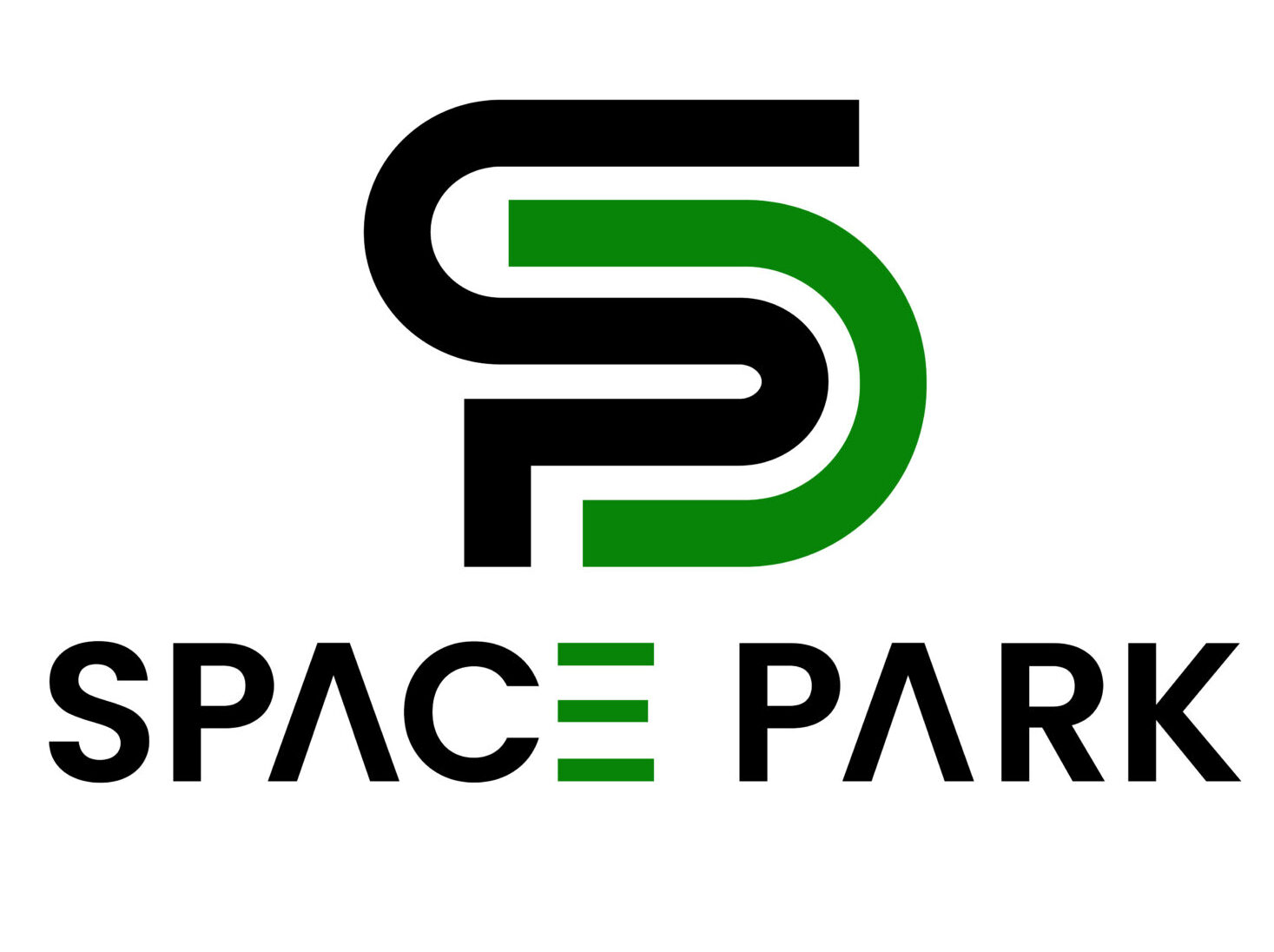In today’s visually-driven market, a well-designed logo is more than just a pretty image—it’s a brand’s first impression. Whether launching a new hat line or rebranding an established one, your logo will capture attention, convey your brand’s values, and differentiate your products from the competition. But what makes a logo truly effective? This article dives into the nuances of hat logo design, unraveling why it’s essential and how you can get it right.
The Role of a Logo in Brand Identity
A logo is the face of your brand, often providing the first interaction customers have with your business. This is particularly important for hat manufacturers because the logo appears prominently on the product itself. A compelling logo can communicate your brand’s story, establish trust, and foster brand loyalty. Think about globally recognized logos like Nike’s swoosh or the New York Yankees’ iconic emblem; these logos do more than identify—they evoke emotions, memories, and associations.
Building Recognition
A well-designed logo helps build brand recognition. Customers who see your hat with a distinct and memorable logo are more likely to remember your brand and associate it with positive experiences. This recall can drive repeat purchases and word-of-mouth marketing.
Establishing Trust
Consumers tend to trust brands with professional and cohesive visual identities. A thoughtfully crafted logo implies that your brand pays attention to detail and quality, which can translate into trustworthiness and reliability in the eyes of consumers.
Differentiation
In a crowded market, standing out is imperative. A unique logo helps differentiate your brand from competitors, making it easier for customers to choose your products over others. It’s about creating a visual identity that resonates with your target audience.
Key Principles of Effective Hat Logo Design
Designing a successful logo is both an art and a science. While creativity plays a significant role, understanding and applying key design principles can make a substantial difference.

Simplicity
One of the most critical elements of a successful logo is simplicity. Simple logos are easier to recognize & remember. They work well across various mediums and sizes, ensuring your logo looks great, whether on a billboard or a hat tag.
Versatility
A good logo should be versatile enough to be used in various contexts without losing its integrity. It should look as stunning in color as in black and white, and it should scale effectively from business cards to large-scale signage.
Relevance
Your logo should align with your brand’s message and industry. For instance, if your hat line is eco-friendly, incorporating elements that signify sustainability can make your logo more relevant and appealing to your target audience.
The Evolution of Logo Design Trends
Logo design is not static; it evolves with time, influenced by cultural shifts, technological advancements, and changing consumer preferences. Comprehending these trends can help you create a fresh and contemporary logo.

Minimalism
There has been an important shift towards minimalism in logo design in recent years. Brands are stripping away unnecessary elements and focusing on clean, straightforward designs. Minimalist logos are not just trendy; they are timeless and versatile.
Responsive Logos
With the rise of digital media, responsive logos have become essential. These are logos designed to adapt to different screen sizes and resolutions, ensuring consistency across all digital platforms.
Hand-drawn and Vintage
Hand-drawn and vintage-style logos have also seen a resurgence. These logos convey authenticity and a sense of nostalgia, making them popular among brands that emphasize craftsmanship and heritage.
Case Studies: Successful Logo Redesigns
Examining successful logo redesigns can offer valuable insights into what works and why.
Airbnb
Airbnb’s rebranding is a prime example of a successful logo redesign. The company moved from a generic wordmark to a more unique and versatile logo representing “belonging.” This change significantly improved brand recognition and consumer trust.
Pepsi
Pepsi’s logo has undergone several transformations, reflecting the era’s design trends and evolving identity. Their latest redesign embraces simplicity and modernity, making it more adaptable to digital platforms.
Uber
Uber’s rebranding from a complex, abstract logo to a simple wordmark has been widely praised. The new design is clean, modern, and easily recognizable, reflecting the brand’s growth and maturity.
DIY vs. Professional Hat Logo Design
You have two main options when creating a logo: do it yourself (DIY) or hire a professional designer. Each approach has its pros and cons.

DIY Logo Design
DIY tools like Canva and Wix Logo Maker have made creating a logo without any design experience easier than ever. This cost-effective option allows you to experiment with different styles and ideas.
Professional Hat Logo Design
Hiring a professional designer can be more expensive, but the investment is often worth it. Professionals bring expertise, creativity, and a deeper understanding of design principles. They can create a logo that is visually appealing and strategically aligned with your brand.
Making the Choice
Deciding between DIY and professional design depends on your budget, time, and the complexity of your brand identity. DIY might be the way to go initially for startups on a tight budget. However, investing in professional design can pay off in the long run as your brand grows.
Tools and Tips for Creating Your Logo
If you decide to design your logo yourself, several tools and tips can help you achieve a professional result.
Design Tools
- Canva: User-friendly with a vast range of templates.
- Adobe Illustrator: Offers advanced design capabilities for more experienced users.
- Wix Logo Maker: Uses AI to generate custom logo designs based on your preferences.
Tips for Success
- Research: Look at competitor logos and identify what works and what doesn’t.
- Sketch Ideas: Start with pencil and paper to brainstorm and refine your ideas.
- Seek Feedback: Get opinions from friends, family, or potential customers to ensure your logo resonates.
Avoid Common Mistakes
- Overcomplicating: Keep your design simple and focused.
- Ignoring Trends: While your logo should be timeless, staying updated with current design trends can ensure it feels modern.
- Neglecting Versatility: Make sure your logo works across all mediums and sizes.
The Future of Hat Logo Design: Predictions and Technologies
The future of hat logo design is exciting, with new technologies and emerging trends promising to revolutionize the field.
Artificial Intelligence (AI)
AI is already making waves in logo design with tools to generate logo concepts based on user input. As AI technology advances, we can expect even more sophisticated design capabilities.
Augmented Reality (AR)
AR is set to transform how logos are experienced. Imagine logos that come to life through AR apps, offering interactive and immersive brand experiences.
Sustainability
Sustainability is becoming increasingly important in design. Future logos may incorporate eco-friendly design principles and materials, reflecting the growing consumer demand for sustainable practices.
Conclusion
A well-designed logo is a powerful tool for establishing and growing your brand. Whether you design it yourself or hire a professional, understanding the principles of effective logo design is crucial. Stay updated with trends, leverage new technologies, and always keep your brand’s identity and values at the forefront of your design process.
Ready to create a distinctive logo? Explore our design tools and resources to start your logo design journey today.

Pingback: Elevate Your Brand with Metal Logos
Pingback: 7 Effective Tips for Dental Logo Design
Pingback: Charity Logo Design Tips for Impact
Pingback: The Art of Western Logo Design: Trends, Tips, and Future Insights
Pingback: Player Card Design Guide for UI/UX Enthusiasts